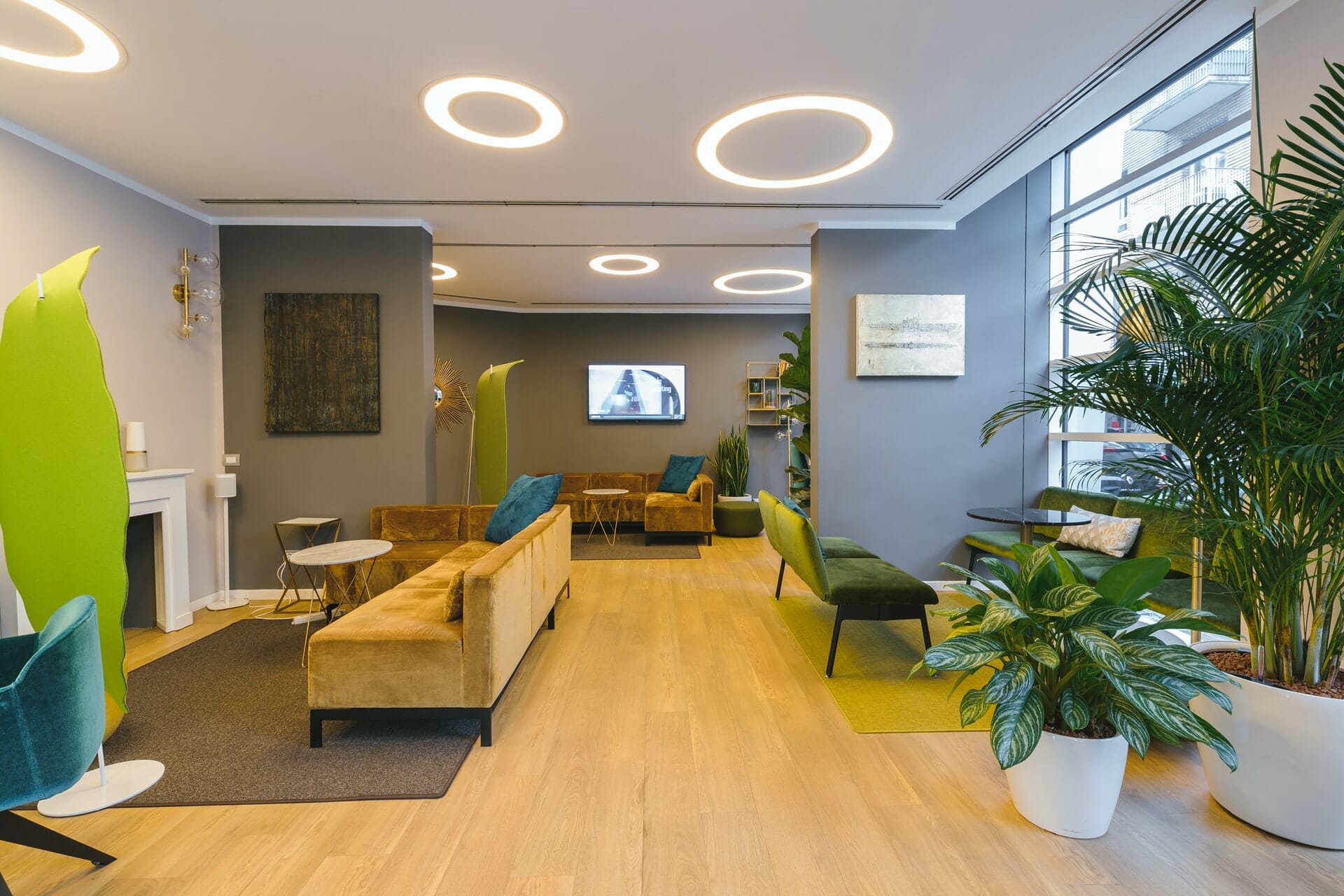Maximizing Sound Experience Through Strategic Audio Arrangement within Commercial Environments
Maximizing Sound Experience Through Strategic Audio Arrangement within Commercial Environments
Blog Article
Maximizing acoustic experience in commercial environments is crucial for creating an inviting and effective atmosphere. Whether it’s in a dining establishment, shopping store, or office, the manner sound travels and is experienced can significantly impact client satisfaction and staff efficiency. Thoughtful speaker positioning holds a crucial part in achieving optimal audio quality. By understanding the fundamentals of sound dynamics and taking into account the design of the space, companies can improve the overall acoustic experience for all in attendance.
One of the initial steps in effective audio positioning is to evaluate the dimensions and shape of the business area. Different areas may have distinct acoustic properties that influence how sound behaves. For example, spacious, open spaces may require more audio units to guarantee even sound coverage, while compact, enclosed areas might benefit from fewer audio units positioned thoughtfully to avoid overwhelming the listener. Additionally, the substances used in the construction of the space, such as partitions, surfaces, and roofs, can affect audio reflection and dissipation. Comprehending these factors helps in deciding the best locations for audio units.
Another important consideration is the type of audio being broadcast. Ambient tunes in a café, notifications read the article in a shopping outlet, or presentations in a conference room all require different sound configurations. For example, in a restaurant, speakers should be positioned to create a enjoyable atmosphere without dominating conversations. In contrast, in a retail space, audio units may need to be positioned to ensure that advertising messages are distinctly audible throughout the area. Tailoring the audio placement to the specific audio needs of the environment can greatly enhance the overall atmosphere.
The elevation and tilt of the audio units also play a significant part in audio coverage. Positioning speakers at ear level can help ensure that audio arrives the listeners effectively. Additionally, angling speakers towards the center of the room can assist focus audio where it is required most. This is especially important in areas with tall ceilings, where sound can easily dissipate. By carefully considering the elevation and angle of the speakers, businesses can create a more immersive acoustic experience that keeps customers interested and staff concentrated.
Ultimately, consistent evaluation and adjustment of audio placement are crucial for preserving ideal audio performance. As the design of a commercial space changes, or as new furniture and accessories are added, the acoustic characteristics may change. Conducting periodic assessments can assist detect any issues with sound distribution and allow for necessary adjustments. By prioritizing strategic speaker positioning and ongoing evaluation, businesses can ensure that their business environments provide a inviting and enjoyable acoustic environment for all.